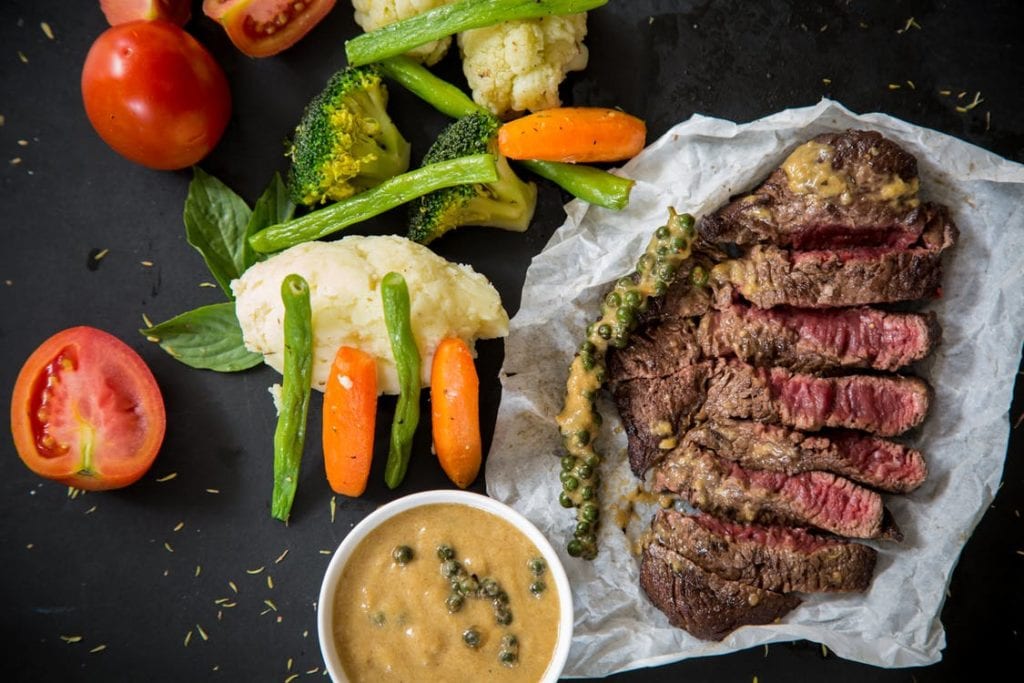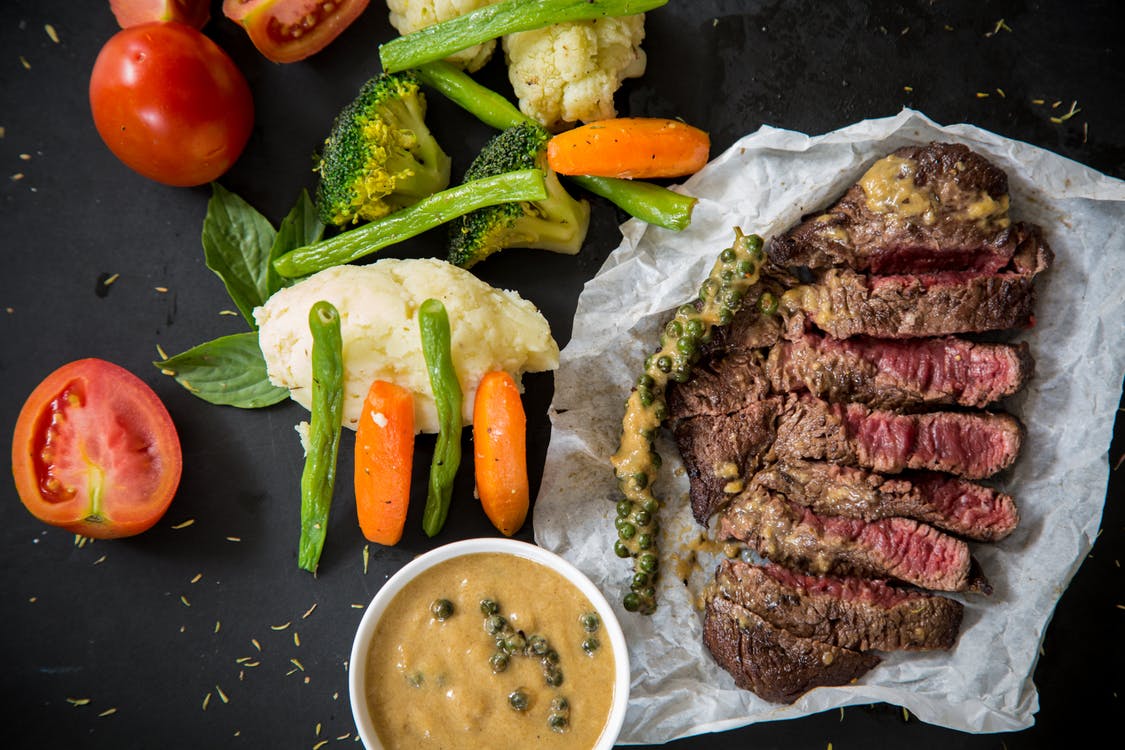
With an ever increasing number of studies emerging on the benefits of plant-based diets, you may be inclined to go hunting for alternatives to satisfy your meat cravings. While veganism is becoming more and more popular, there are a good number of reasons to keep eating meat.
The good news is that you don’t have to give up on your health in order to eat animal protein. When done right, a diet which includes meat, poultry, and fish can be an incredibly nutritious one. Use the following tips to eat meat on a healthy diet.
- Stick with lean cuts
Certain cuts of meat and poultry can be very fatty, so when buying meat, make sure that you’re opting for the leanest cuts to avoid taking in any extra cholesterol and calories.
When buying poultry, choose skinless turkey and chicken breast instead of the darker meat which includes the neck, wings, thighs, and legs.
If you’re craving some red meat, your first choice should be grass-fed beef which is more nutritious, and up to three times leaner than grain-fed beef. Choose beef labeled “select” or “choice” instead of “prime,” which has more fat. As a general rule, beef cuts with “loin” or “round” in the name are leaner, as well as chuck shoulders and arm roasts. Ask the beef butcher to trim off all visible fat.
- Check the percentage
If you’re buying ground meat for burgers, meatballs, chili, or a soup or stew, check the label for 90 percent or higher lean meat. If possible, opt for ground chicken or turkey breast that has been ground without the skin.
- Bake, grill, or boil
The way in which you prepare the meat has a big impact on its health factor. Grilling the meat on a griller is the best way to cook it with the least amount of fat. The fat will drip to the bottom, leaving you with a leaner piece.
Baking in the oven is also a great way to cook meat without adding too much oil.
If you choose to boil the meat and eat it in a soup or stew, make it a day ahead, let it cool, and transfer it to the fridge. When you remove the soup from the fridge, the fat will have hardened on the top, and you can easily skim it off.
After these options, searing and sauteing are the next best things— but make sure to use only a little bit of olive oil on the bottom of the pan. Avoid frying and deep frying completely when cooking on a healthy diet.
- Make a marinade
Marinades are a great way to tenderize and flavor lean meat so that you’re not missing those fattier cuts.
Pay attention to the recipe instructions on how long the meat is supposed to sit in the marinade. If the marinade contains an acidic ingredient, like citrus juice or vinegar, it will start to cook the meat after about an hour.
- Stick with one serving
You may or may not be surprised to hear that one serving of meat, chicken, or fish is 3-3.5 ounces— or about the size of your palm. This is a much smaller portion than many people are accustomed to eating—especially in the US—so it may be worth weighing out portions until you get used to the portion size.
A portion of this size has more than enough protein for one meal, and you should be filling up on vegetable sides as well.
- Eat it with a big side of greens
Meat doesn’t contain fiber or phytochemicals (unless you’re eating grass-fed beef), so it’s important to load up on dark leafy greens— which contain a lot of those nutrients—with a meal that contains animal protein. The “roughage” will help to move things along in your digestive system— and either way, you should become accustomed to eating lots of leafy greens at each meal.
Eating meat and poultry on a healthy diet is completely doable—as long as it’s in moderation. Focus on eating fruits, vegetables, legumes, nuts, seeds, and whole grains, and meat will fit in very nicely to your healthy lifestyle.
Bio: Bryson Telling is a writer for Lima-France, a world leader in developing innovative food manufacturing machines. To find out more information about these great services please visit their website.
